LATVIJA.FM
The History of Riga’s Blackheads House
Hidden behind a facade of ornate elegance, the House of the Blackheads tells a story that spans centuries of Riga’s mercantile ambition, international brotherhood, and architectural rebirth. Once a meeting place for an exclusive guild of unmarried foreign merchants, this iconic landmark stood at the heart of the city’s commercial life. Razed by war, erased by occupation, and triumphantly rebuilt after independence, the House of the Blackheads today stands not just as a building—but as a powerful symbol of Riga’s enduring identity, resilience, and cultural pride.
The Rise of the Brotherhood
The story of the House of the Blackheads begins in the early 14th century, when foreign merchants—mostly young, wealthy, and unmarried—formed the Brotherhood of Blackheads. These ambitious traders from Germany, England, and the Low Countries played a vital role in Riga’s economic growth, often forming the backbone of the city’s international commerce. Though originally guests in the Great Guild Hall, by 1334 they had established their own headquarters in the heart of Riga’s Old Town. That headquarters, modest at first, would evolve into one of the most spectacular civic buildings in the Baltics.
A Jewel of Renaissance Riga
The building underwent a lavish transformation in the late 16th and early 17th centuries, acquiring the richly decorated facade we now associate with it. With ornamental niches, coats of arms, gilded details, and celestial motifs, the structure reflected not only the wealth of the brotherhood but also Riga’s place in the Hanseatic world. The figures of Saint Maurice—the patron of the Blackheads—and symbols of trade, sea travel, and virtue adorned its walls. Inside, grand halls hosted banquets, concerts, and city-wide celebrations, turning the House of the Blackheads into a cultural as well as commercial landmark.
War and Ruin
The splendor did not last uninterrupted. In 1941, during the early months of Nazi occupation, the building was bombed and severely damaged by German forces. The remnants were later demolished entirely by the Soviet authorities in 1948, erasing one of Riga’s most cherished symbols from the cityscape. For decades, the site stood empty, haunted by the memory of what had been lost. Yet the spirit of the Blackheads, and what they represented—enterprise, resilience, and civic pride—remained embedded in the cultural memory of the city.
A Symbol Reborn
In the 1990s, with Latvia’s newly regained independence, a movement began to rebuild the House of the Blackheads in its original location and style. Using photographs, historical documents, and surviving architectural plans, the reconstruction was completed in 1999—just in time to mark Riga’s 800th anniversary. More than a restoration of a lost monument, the rebuilding became a symbolic act of national recovery. It represented the return of pride in Latvian heritage and a reclaiming of the narrative from the decades of occupation and silence.
Living History in the Heart of Riga
Today, the House of the Blackheads functions both as a museum and a ceremonial venue. Visitors can walk beneath the same vaulted ceilings where merchants once toasted deals, or marvel at treasures such as replica silverwork, weaponry, and ceremonial regalia. From music concerts to diplomatic receptions, the building is once again alive with the sound of celebration. It reminds both Latvians and visitors that culture and memory, once nearly extinguished, can be rebuilt—brick by brick, note by note, generation by generation.
More Than a Guild House
What began as a gathering place for a specific brotherhood has become a gathering point for an entire nation’s history. The House of the Blackheads isn’t just about one group of traders—it’s about Riga’s transformation from a medieval trading outpost to a cosmopolitan capital. Its survival, destruction, and rebirth mirror the country’s own journey through prosperity, loss, and revival. Like the stars painted on its ceiling, the building continues to shine—guiding those who seek to understand Latvia’s past through the architectural brilliance of one of its most beloved treasures.
